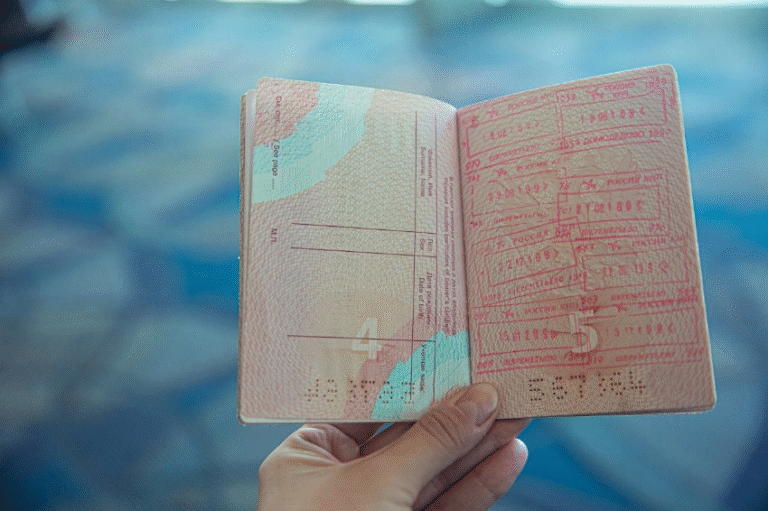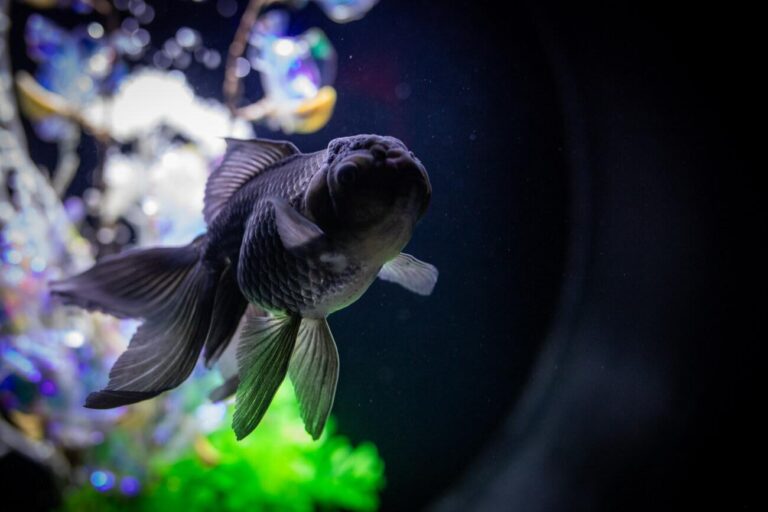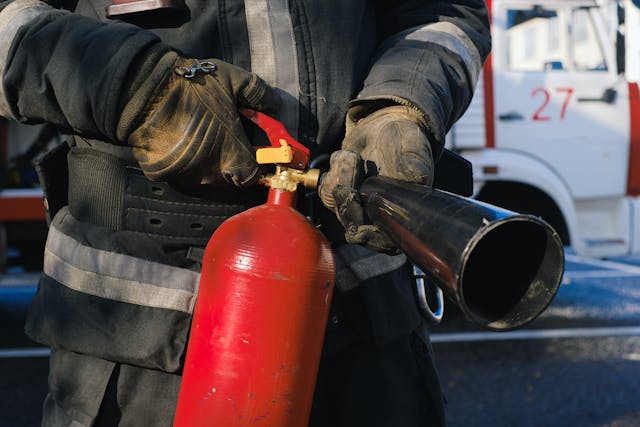Emergency Preparedness 101: Skills Everyone Should Know
Emergencies can happen to anyone, anywhere, and at any time. Whether it’s a power outage, flood, fire, or medical incident, the outcome often depends on how prepared people are before the event occurs. While modern conveniences have made life easier, they have also made people more reliant on systems that can quickly fail under pressure. Knowing how to act without hesitation can turn a frightening situation into a manageable one. Emergency preparedness isn’t just about storing supplies—it’s about equipping individuals and families with practical skills that can be applied under stress. The ability to think, communicate effectively, and perform basic safety measures can make a significant difference. Being ready is not about living in fear, but about fostering confidence and self-reliance. In this piece, we will explore what foundational preparedness skills look like and why they are critical in everyday life, from minor mishaps to major disasters.
Why Readiness Matters More Than Ever
- The Role of CPR and First Aid in Everyday Emergencies
When emergencies strike, they don’t always come in the form of natural disasters. Sometimes, it’s a neighbor collapsing on the sidewalk or a child choking during dinner. These are the moments where CPR and first aid skills matter the most. The ability to stabilize a person until help arrives can drastically improve their chances of recovery. First aid training teaches people to recognize warning signs, assess the situation, and respond with clarity. It removes the guesswork from moments where there’s no time to second-guess. CPR, in particular, is a skill that bridges the gap between life and death. Programs like CPR Vaughan ensure that individuals learn how to administer chest compressions correctly and maintain an open airway, tailored to the person’s age and condition. These aren’t just medical tasks—they’re life skills. They provide reassurance during medical crises and reduce the helplessness that so many people feel when they witness someone in danger.
- Communication and Coordination Under Stress
In an emergency, communication can break down quickly. Panic sets in, instructions are forgotten, and people talk over each other. Knowing how to communicate calmly and is one of the most valuable skills in any crisis. It’s not just about what you say, but how you say it—tone, pace, and clarity all influence whether your message gets across. Emergency communication also includes the ability to listen and delegate. When several people are present, assigning roles or asking for specific help keeps things organized. Having pre-discussed family or workplace plans for who contacts emergency services, who gathers supplies, or who checks on others can significantly reduce confusion. Even non-verbal communication, such as using hand signals or writing notes, can become vital when noise or language barriers are present. The more people practice communicating under pressure, the better they become at managing emotions and making logical choices. Strong coordination skills don’t just keep people on the same page—they keep them moving forward safely.
- Assessing Risk and Making Fast Decisions
Every emergency brings with it a series of quick decisions. Stay or go? Fight the fire or evacuate? Administer help or wait for responders? These choices can be overwhelming, especially when there isn’t time to weigh every outcome. That’s why risk assessment is a skill worth learning before an emergency occurs. It involves knowing what threats are most likely in your area, understanding how to identify those threats early, and knowing when the tipping point requires action. Reading a situation correctly can prevent further harm. It might mean noticing the early signs of heat stroke during a summer outing or recognizing the structural dangers of a flooded home. Being decisive doesn’t mean being reckless—it means trusting your preparation and acting with intention. When people are trained to assess conditions and prioritize safety, they become less reactive and more focused, which improves outcomes not only for themselves but also for those around them. Decision-making under stress is built through knowledge and practice.
- Resourcefulness When Supplies Are Limited
It’s easy to think of preparedness as a matter of having the right tools, but emergencies often unfold in ways that limit access to those tools. What happens when the flashlight battery dies or your phone loses signal? That’s when resourcefulness takes over. Knowing how to improvise solutions can make a significant difference in both safety and morale. Everyday items like scarves can become slings, water bottles can double as lanterns, and furniture can be repositioned for warmth or shelter. This kind of adaptability comes from thinking creatively and staying calm. In families, this might involve teaching children how to find safe spots during storms or involving them in assembling household emergency kits so they understand what each item is for. Being resourceful also means knowing how to conserve energy, prioritize needs, and find alternative routes or solutions when plans fail. It turns preparation from a checklist into a mindset—one that keeps people going when conditions become challenging.
- Teaching and Sharing Skills Within Communities
Emergency skills aren’t just personal—they’re communal. When one person knows how to perform CPR, that knowledge benefits everyone around them. When families coordinate plans with neighbors, entire blocks become safer. Communities that invest in education and practice are more resilient and less dependent on outside help. This can be as simple as holding neighborhood meetings, participating in drills, or encouraging local schools to incorporate safety programs. Teaching these skills to children ensures they grow up understanding the importance of preparedness without fear. When communities work together, they create invaluable support networks during major disruptions. Whether it’s organizing check-ins for vulnerable residents during heatwaves or pooling resources during blackouts, shared knowledge creates stronger bonds. Emergencies may disrupt systems, but human connection and cooperation often make the greatest difference in recovery. When preparedness is seen as a shared responsibility, it becomes an integral part of daily life and is embraced by everyone, not just a few.
Readiness as a Way of Living
Being prepared doesn’t mean carrying anxiety in your pocket—it means building habits that increase your ability to respond calmly and effectively when life takes a sudden turn. These skills are not complicated, but they are crucial. From CPR and first aid to communication, decision-making, and resourcefulness, each element plays a part in creating a safety net that protects individuals and strengthens communities. Emergencies are not a matter of if, but when. By learning and practicing these skills regularly, people create a rhythm of readiness that feels natural and empowering. They move through the world with the quiet assurance that they can handle the unexpected, not because they hope it won’t happen, but because they’ve chosen to be ready if it does. True preparedness is not stored in a box or packed in a bag—it lives in the choices, knowledge, and habits we build every day.
READ MORE : Chowking Menu In Philippines







